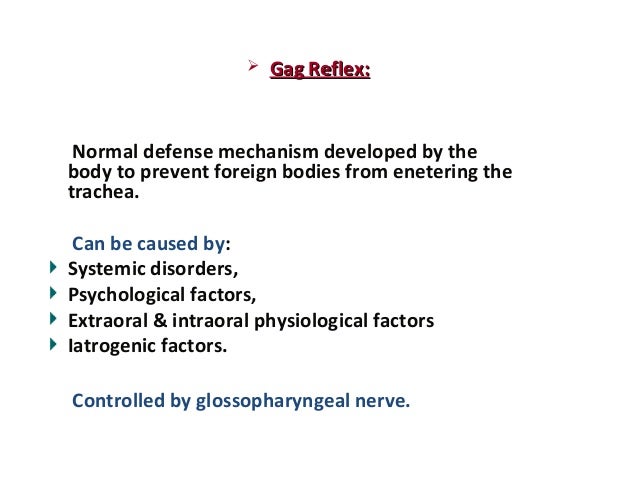
Any duplication or distribution of the information contained herein is strictly prohibited without authorization. Links to other sites are provided for information only - they do not constitute endorsements of those other sites. A licensed physician should be consulted for diagnosis and treatment of any and all medical conditions. The information provided herein should not be used during any medical emergency or for the diagnosis or treatment of any medical condition. This site complies with the HONcode standard for trustworthy health information: verify here. Learn more about A.D.A.M.'s editorial policy editorial process and privacy policy. is among the first to achieve this important distinction for online health information and services. follows rigorous standards of quality and accountability. is accredited by URAC, for Health Content Provider (URAC's accreditation program is an independent audit to verify that A.D.A.M. Yawn reflex: yawning when the body needs more oxygenĪ.D.A.M., Inc.Sneeze reflex: sneezing when the nasal passages are irritated.Gag reflex: gagging when the throat or back of the mouth is stimulated.Cough reflex: coughing when the airway is stimulated.Blinking reflex: blinking the eyes when they are touched or when a sudden bright light appears.The baby will extend his arms forward as if to break a fall, even though this reflex appears long before the baby walks.Įxamples of reflexes that last into adulthood are: This reflex occurs in slightly older infants when the child is held upright and the baby's body is rotated quickly to face forward (as in falling). The infant will turn toward the side that was stroked and begin to make sucking motions. This reflex occurs when the baby's cheek is stroked. Newborn infants have strong grasps and can almost be lifted up if both hands are grasping your fingers. Trying to remove the finger causes the grip to tighten. This reflex occurs if you place a finger on the infant's open palm.

The infant will twitch their hips toward the touch in a dancing movement. This reflex occurs when the side of the infant's spine is stroked or tapped while the infant lies on the stomach. The tonic neck position is often described as the fencer's position because it looks like a fencer's stance. Turning the baby's face in the other direction reverses the position. The arm on the side away from the face is flexed and the fist is clenched tightly.

The arm on the side where the head is facing reaches away from the body with the hand partly open. This reflex occurs when the head of a child who is relaxed and lying face up is moved to the side. Step reflex (stepping motions when sole of foot touches hard surface).Startle reflex (pulling arms and legs in after hearing loud noise).Sucking reflex (sucks when area around mouth is touched).

Infant reflexes are responses that are normal in infants, but abnormal in other age groups. A reflex that is still present after the age when it would normally disappear can be a sign of brain or nervous system damage. Many infant reflexes disappear as the child grows older, although some remain through adulthood. The presence and strength of a reflex is an important sign of nervous system development and function.


 0 kommentar(er)
0 kommentar(er)
